Einleitung
Anhand dieser Anleitung kannst du die gesamte Display-Baugruppe deines MacBook Pro auswechseln, wenn sie beschädigt oder defekt ist. Diese Baugruppe beinhaltet auch die integrierten Flachbandkabel, die als Teil des "FlexGate"-Defekts bei früheren Modellen bekanntermaßen ausfallen, so dass ein Austausch auch den "stage light"-Effekt und andere Probleme aufgrund von Flachbandkabelschäden beheben wird.
Obwohl wir dieses Verfahren erfolgreich an 2018er Modellen mit originalen Apple Ersatzdisplays getestet haben, kann es vorkommen, dass der T2-Chip von Apple verhindert, dass Aftermarket-Displays einwandfrei funktionieren'''', und dein MacBook Pro dadurch möglicherweise nicht startet.
Zu deiner Sicherheit empfehlen wir dir, den Akku deines MacBook Pro auf unter 25% zu entladen, bevor du anfängst. Ein geladener Lithium-Ion-Akku kann zu einem gefährlichen und unkontrollierbaren Feuer führen, falls er versehentlich perforiert wird.
Werkzeuge
Ersatzteile
-
-
Schalte deinen Mac ein und starte Terminal.
-
Kopiere den folgenden Befehl und füge ihn im Terminal ein (oder tippe ihn exakt so ein):
-
sudo nvram AutoBoot=%00
-
Drücke die Eingabetaste [return]. Wenn du dazu aufgefordert wirst, gib dein Administratorpasswort ein und drücke erneut [return]. Hinweis: die Return-Taste kann auch mit ⏎ oder "enter" gekennzeichnet sein.
-
sudo nvram AutoBoot=%03
-
-
-
Entferne mit einem P5-Pentalobe-Schraubenzieher die sechs Schrauben, mit denen das untere Gehäuse befestigt ist:
-
Vier 4,7 mm Schrauben
-
Zwei 6,6 mm Schrauben
-
-
-
Drücke den Saugnapf in der Nähe der Vorderkante auf das untere Gehäuse zwischen den Schraubenlöchern.
-
Ziehe den Saugnapf gerade so weit nach oben, bis eine kleine Lücke unter dem unteren Gehäuse entsteht.
-
-
-
Schiebe die eine Ecke eines Plektrums in die entstandene Lücke.
-
Schiebe das Plektrum um die nächste Ecke und dann zur Hälfte über die Seite des MacBook Pro.
-
-
-
Wiederhole den vorherigen Schritt auf der anderen Seite und verwende das Plektrum, um den zweiten Clip zu lösen.
-
-
-
Hebe die Vorderkante des unteren Gehäuses (die dem Displayscharnier gegenüberliegende Seite) so weit an, dass du mit den Fingerspitzen darunter gleiten und es gut greifen kannst.
-
-
-
Ziehe das untere Gehäuse fest in Richtung der Vorderkante des MacBook (vom Scharnierbereich weg), um die letzten Clips zu lösen, mit denen das untere Gehäuse gesichert ist.
-
Ziehe zuerst an einer Ecke und dann an der anderen.
-
-
-
Entferne das untere Gehäuse.
-
Lege es in Position und richtedie Clips in der Nähe des Displayscharniers aus. Drücke die Abdeckung nach unten und schiebe sie zum Scharnier. Es sollte nicht mehr rutschen, wenn die Clips einrasten.
-
Wenn die Clips vollständig eingerastet sind und das untere Gehäuse korrekt ausgerichtet ist, drücke fest auf das untere Gehäuse, um die vier verdeckten Clips darunter einzurasten. Du solltest fühlen und hören, wie sie einrasten.
-
-
-
Ziehe den isolierenden Aufkleber auf der Akkuplatine an der der Akku nächstgelegenen Kante des Logic Board ab und entferne ihn.
-
Wenn sich die Abdeckung nicht leicht ablösen lässt, erwärme sie mit einem iOpener, einem Haartrockner oder einer Heißluftpistole, um den darunter befindlichen Klebstoff aufzuweichen, und versuche es erneut.
-
-
-
Ziehe das Klebeband vom Anschluss des Datenkabels der Akkuplatine ab.
-
Heble mit einem Spudger vorsichtig die Verriegelungsklappe am ZIF-Anschluss für das Datenkabel der Akkuplatine auf.
-
-
-
Trenne das Datenkabel der Akkuplatine, indem du es aus der Buchse auf dem Logic Board ziehst.
-
Schiebe parallel zum Logic Board in Richtung des Kabels.
-
-
-
Heble die Verriegelungsklappe am Stecker am gegenüberliegenden Ende des Datenkabels der Akkuplatine auf und trenne sie.
-
-
-
Schiebe das Datenkabel der Akkuplatine aus der Buchse auf der Akkuplatine und entferne es vollständig.
-
-
-
Entferne mit einem T5-Torx-Schraubendreher die 3,7-mm-Flachkopfschraube, mit der der Akkustecker befestigt ist.
-
-
-
Verwende einen T3 Torx Schraubendreher, um die beiden 3,5-mm-Schrauben zu lösen, mit denen die Abdeckung auf dem Flexkabel des Displays befestigt ist.
-
Entferne die Abdeckung auf dem Flexibel des Displays.
-
-
-
Verwende einen T3 Torx Schraubendreher um die zwei 1,7 mm Schrauben zu lösen, mit denen die Klammer für den Displayboardanschluss befestigt sind.
-
Entferne die Klammer für den Displayboardanschluss.
-
-
-
Heble das Display Board Flexkabel gerade aus seiner Buchse, um es vom Display Board zu trennen.
-
-
-
Verwende einen T3 Torx Schraubendreher um die vier 2 mm Schrauben von der Scharnierabdeckung zu entfernen. (Zwei Schrauben auf jeder Seite).
-
-
-
Verwende einen T5 Torx Schraubendreher um die eine 2,9mm Schraube zu lösen, mit der das Antennenkabel-Set befestigt ist.
-
-
-
Trenne alle drei Antennenkabel, indem du sie gerade nach oben abhebelst.
-
Schiebe eine Pinzette oder das flache Ende deines Spudgers unter jedes Kabel bis du nahe genug an der Buchse bist. Dann kannst du dein Werkzeug drehen oder leichten Druck nach oben geben.
-
-
-
Verwende einen T5 Schraubenzieher um die vier 3,3 mm Schrauben zu entfernen, mit denen das Display Board befestigt ist.
-
Achte darauf, dass das Displayflexkabel an der Oberseite des Boards liegt und nicht eingeklemmt wird.
-
-
-
Verwende einen P2 Pentalobe Schraubendreher um die 16 1,5 mm Schrauben zu lösen, mit denen die Antenneneinheit befestigt ist.
-
-
-
Entferne vorsichtig die Antenneneinheit und ziehe gleichzeitig den Antennenkabelstrang aus dem Kühlkörper, der darunter liegt.
-
-
-
Verwende einen T3 Torx Schraubendreher um die vier 3,9 mm Schrauben zu lösen, mit denen die Displaykabelabdeckung befestigt ist.
-
-
-
Verwende einen T8 Torx Schraubendreher um die zwei 4,9 mm Schrauben an jedem Scharnier zu lösen (also insgesamt vier Schrauben).
-
-
-
Solltest du planen, dein Display weiter zu verwenden, klebe das Glas direkt oberhalb des Scharniers auf beiden Seiten mit einem Stück Klebeband ab. So kannst du es vor Beschädigungen schützen, bevor du weitermachst.
-
Mach dein MacBook Pro jetzt ganz auf und stelle es auf die Seitenkante.
-
-
-
Verwende einen T8 Torx Schraubendreher, um die beiden verbleibenden 4 mm Scharnierschrauben zu entfernen. (Eine auf jeder Seite).
-
Entferne zuerst die untere und dann die obere Schraube. Du musst dabei das MacBook festhalten, damit die beiden Hälften dann nicht auseinander fallen.
-
-
-
Schiebe beide Hälften des MacBook Pro zusammen, damit die Scharniere aus ihren Aussparungen im Gehäuse herausgehoben werden können.
-
Drücke das untere Gehäuse des MacBook Pro weg von dir und das Display zu dir hin, so dass sie voneinander getrennt werden.
-
Vergleiche dein neues Ersatzteil mit dem Originalteil. Möglicherweise musst du einzelne Komponenten übertragen oder Klebebeschichtungen vom neuen Teil entfernen, bevor du es einbaust.
Folge dann den Schritten in umgekehrter Reihenfolge, um dein Gerät wieder zusammenzubauen.
Entsorge deinen Elektroschrott fachgerecht.
Die Reparatur verlief nicht wie geplant? In unserem Antwortenforum hilft man dir sicher gern bei der Fehlersuche.
16 Kommentare
where can I purchase an lcd screen for this computer?
hai jeff. Is that possible I can revive my screen not to buy a new one, instead of replacing 3 pairs of flexible cable? thanks
To reiterate Ron’s request - you’ve shown me how to fix the screen (thank you!) without showing me where/how to purchase the replacement?
Banggodd or AliExpress but ta
Apple sry to get a genuine Apple screen as ‘compatibles’ may not pass in built Apple security- more expensive but can save a lot of heartache and later expense.
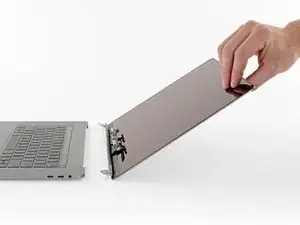
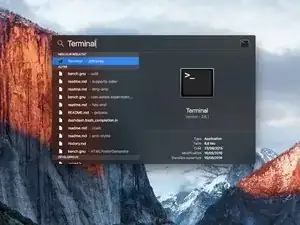
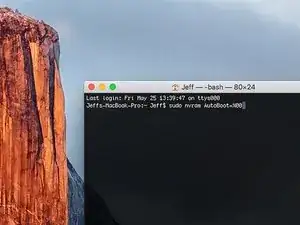

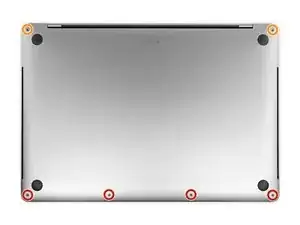
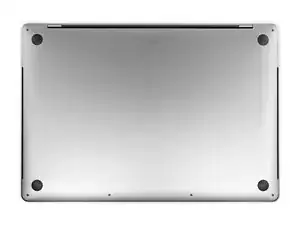
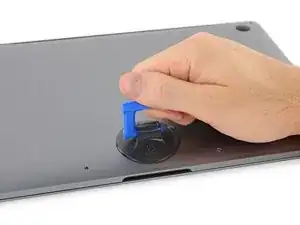
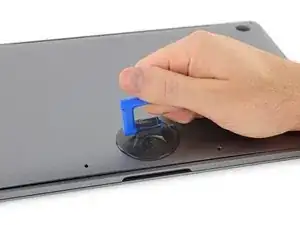
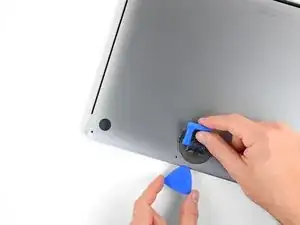
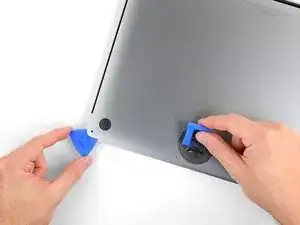
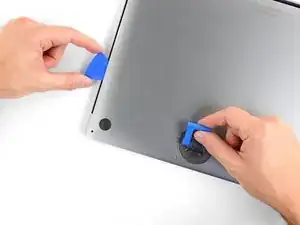
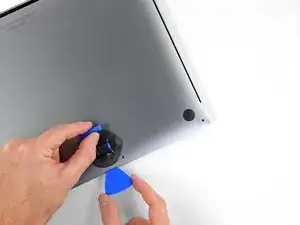
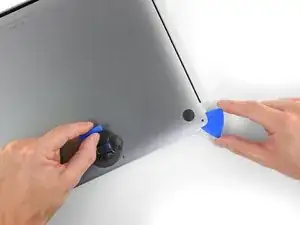
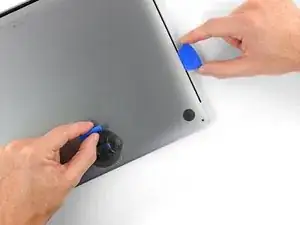
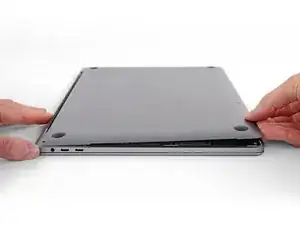
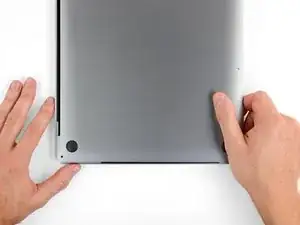
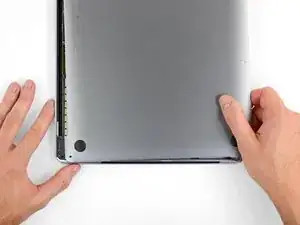
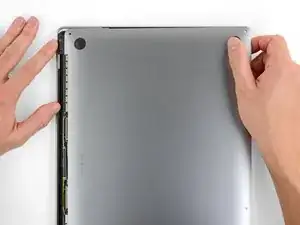
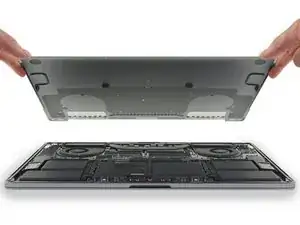
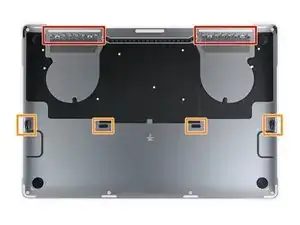
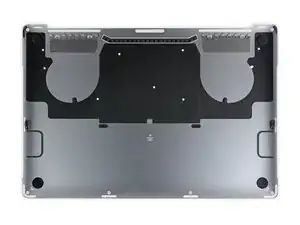
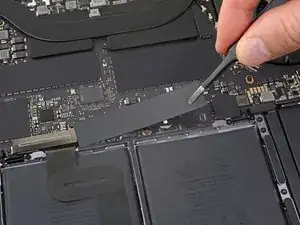
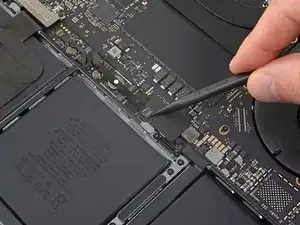
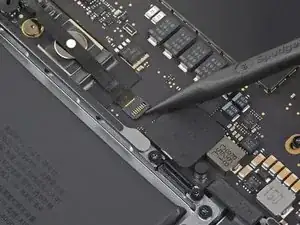
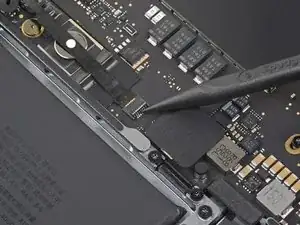
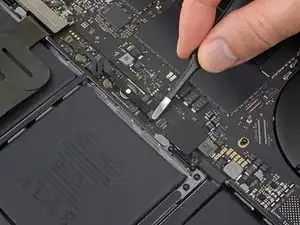
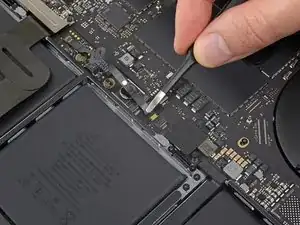
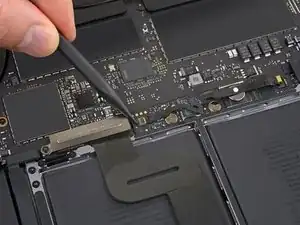
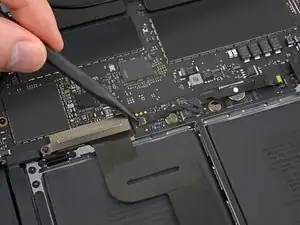
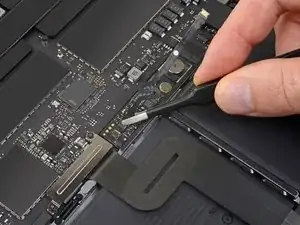
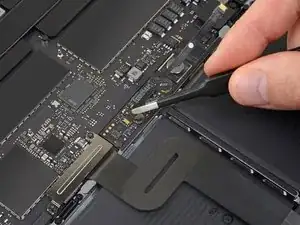
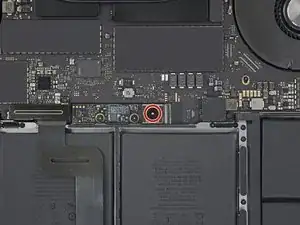
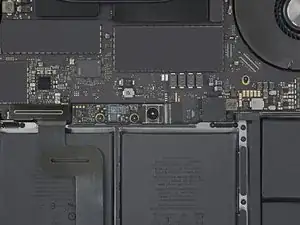
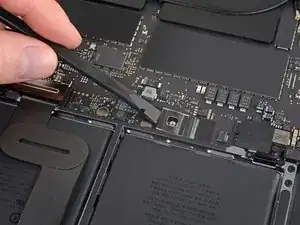
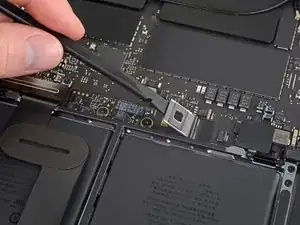
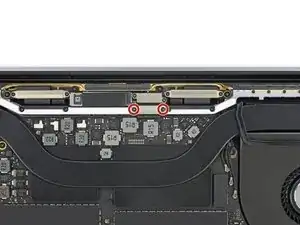
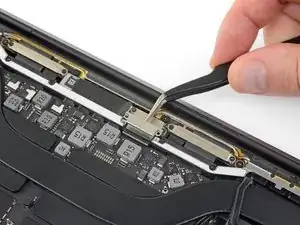
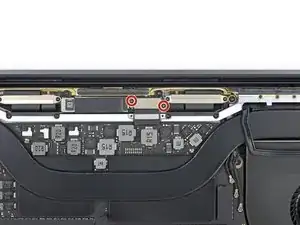
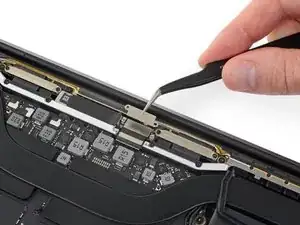
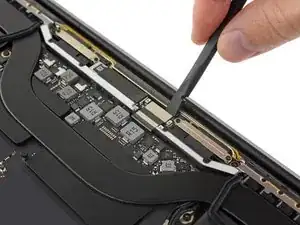
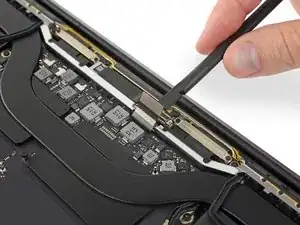
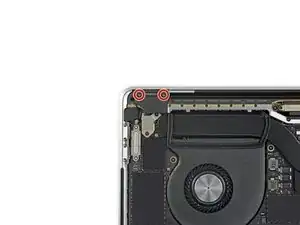
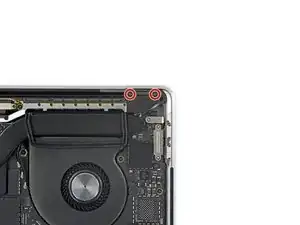
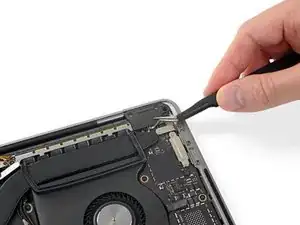
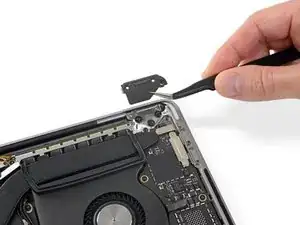
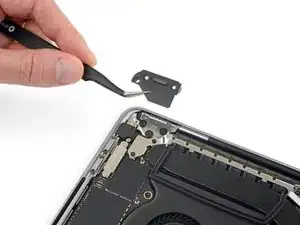
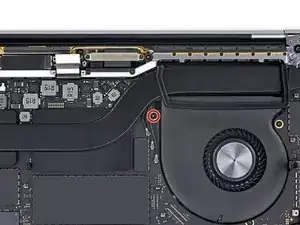
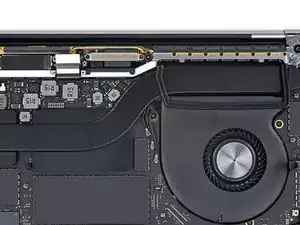
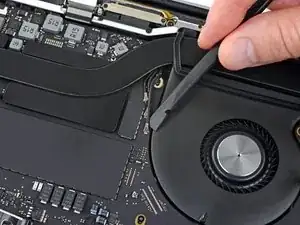
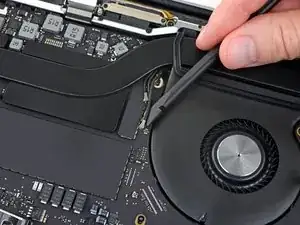
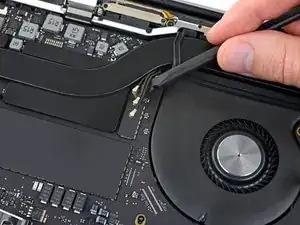
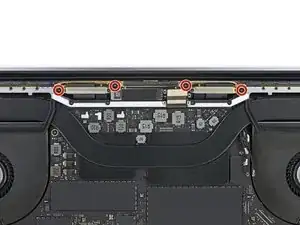
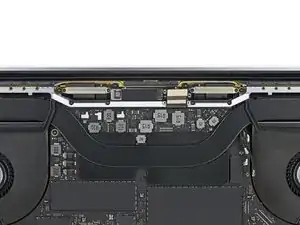
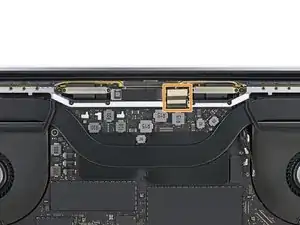
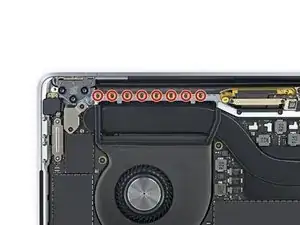
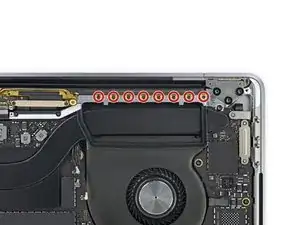
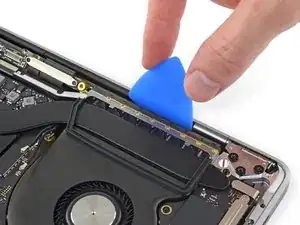
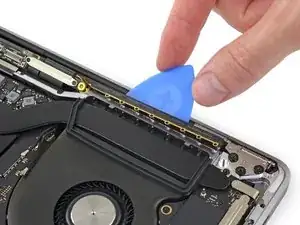
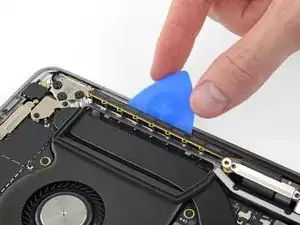
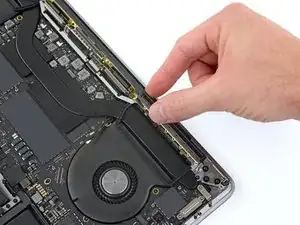
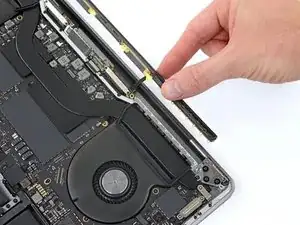
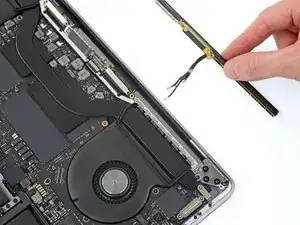
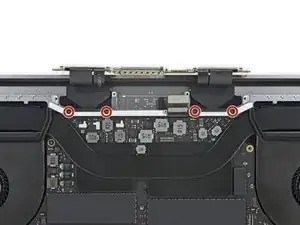
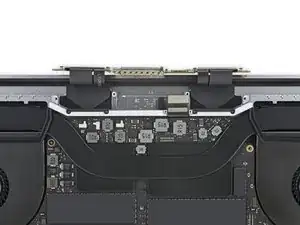
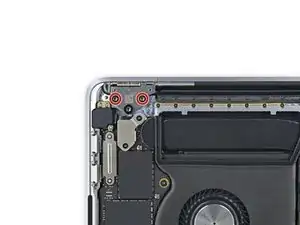
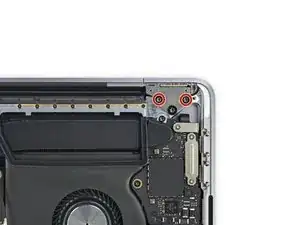
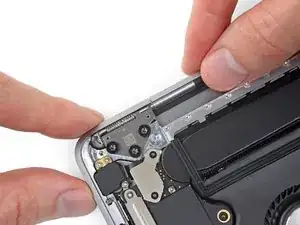
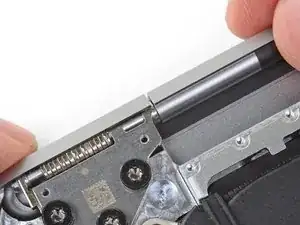
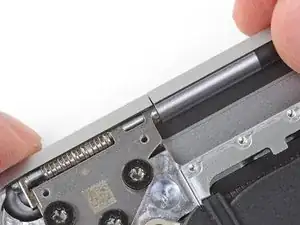
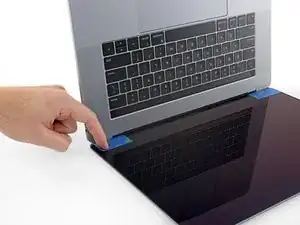
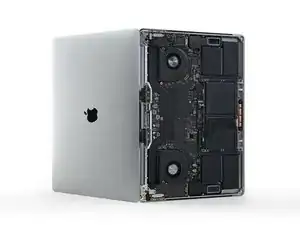
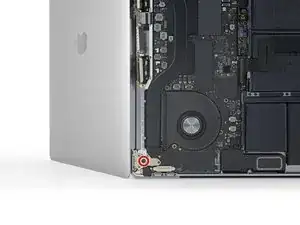
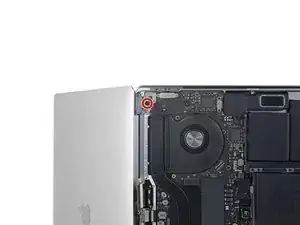
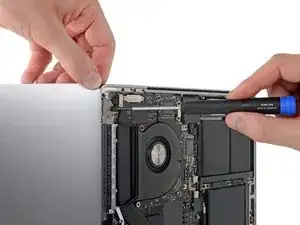

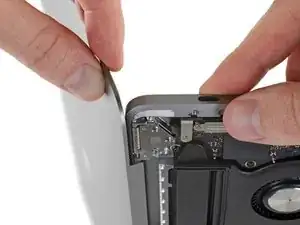
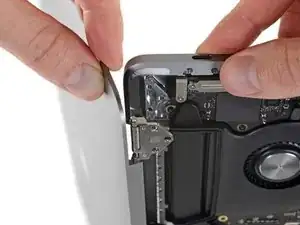
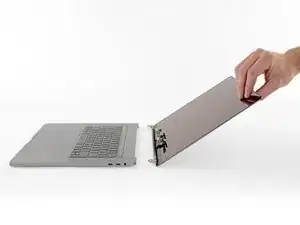

Is this step necessary? I can’t perform this step as I am attempting to repair water damage and need to remove logic board & most likely replace the battery.
Macrepair SF -
@mac_medic You definitely don’t want the power coming on while the board is wet. In your case, I think powering on the machine to disable Auto Boot would do more damage than it prevents. I agree, skip this step and be prepared to disconnect the battery quickly if the laptop automatically powers on. Good luck!
Jeff Suovanen -
Thats right! You don't want power running while working on your logic board.
Dan -
This did not work when running High Sierra.
Kyle B -
Tried this on a 2018 MBP 13” Touchbar (there’s no iFixit guide for this model yet). Need to replace a broken screen.
Luckily I managed to connect to an external screen (Cmd-Down Brightness to switch displays) and enter above command. Seems to work, but there’s another problem with this model - it powers up as soon as any key is pressed……. ffs <gnashes teeth>
Cool_Breeze -
I unscrew the battery first and wrap electrical tape over the logic board battery connector before attempting any repairs to the board. Haven’t had any problems yet and I’ve worked on about 10 of these models already. Also when you open the bottom case use a suction cup at the bottom and pull up then run a plastic spudger along the edges to disconnect the clips. Also only use a plastic spudger on the board. Saw a youtube video from a repair shop and he did not disconnect the power and used all metal tools during the entire process of removing the board. His last step was to disconnect the battery terminal.
Brian -
Is this step necessary if my mac can turn on? Battery fully dead(
Nursat b -
BEFORE YOU START: The included torx head stripped off before I was done (and you might need an additional T4) so stop now and go buy a good one. Also they fail to warn you above to get some blue threadlocker ahead of time.
Jason Sherron -
This command did not work for me and I read that sometime in later 2020 Apple stopped this command from working…any ideas on a work around?
Patrick Machacek -
Not able to do that with damaged screen
richardjgreen -
If you have a damaged screen you can still use a converter from thunderbolt (USB 3) to HDMI and plug your Macbook Pro to your TV as monitor display. Just make sure to chose the right Source (HDMI IN) in your TV. I did it and to make it work I unplug and plug again in my Macbook and so I could disable the Auto boot
Roberto Sanchez Bustos -
Hi. This does not work on 2018 13” MacBook Pro with Touch Bar. I did exactly this to disable auto boot. But when I check by using nvram -p it says: auto-boot true. Am I doing something incorrectly? I did everything step by step. Copied and pasted the sudo command, pressed enter and then entered my password. I have Big Sur 11.1 installed. Is there any other way since I need to replace the screen. Thank you. Adrian
Adrian Vizik -
Hi everyone. This is also a little pointless if you can’t see anything on the screen, and you don’t have a display adapter to USB C to display it. I agree with Brian about removing the back and disconnecting the battery cable before you even think about opening the lid of the MacBook. Applying the insulation tape is also a handy little tip that just makes sure there is no way to discharge from either the board or battery.
Roberto Enrieu -
running `nvram -p | grep 'AutoBoot'` in terminal verifies that it was accepted
result: `AutoBoot %00`
Marek Polák -
Running Big Sur 11.6.7 on a 2019 16" MBP, it's "auto-boot". So it's:
nvram -p | grep 'auto-boot'to display the current state, the default istrue- and then to change it,sudo nvram auto-boot=falsewhich turns it off.Ed Mechem -
This step is completely unnecessary if you follow the guide to disconnect the battery properly. Just put some tape between the battery and logic board connection to prevent it from accidentally touching and therefore powering on the laptop.
Grant Ormsby -
It took me a few tries to make this command work, as I was able to copy and paste the command into Terminal, but could not type in my laptop’s password. I finally typed my password into a text document, copied it (command C), and then pasted it into Terminal and it worked.
tommy404 -
I didn’t do this. Mine never auto-booted before I replaced the battery. Now it does.
hatuxka -
BEFORE YOU DO ANYTHING - CHECK THE BATTERY!
I-fixit sent me a bad battery, which I didn’t realize until it was already install. They sent me a new one, but I wasted hours uninstalling and reinstalled.
Get a volt meter and measure the voltage on the output of the battery pack. If it reads 0 V, SEND IT BACK. It should read over 2 V.
bcardanha -
When I did this from Terminal.app within Recovery Mode, the “sudo” was not recognized but I could invoke it without the sudo part. It seems to have been accepted when looking at “nvram -p”
johann beda -
When in Recovery Mode, you already have superuser powers. So you don't need to prefix commands with the sudo command to invoke them with root privileges; you already have them. Do a
pwd(print working directory) after opening Terminal in Recovery Mode, and you'll see that you're in the root user's directory.Ed Mechem -
I received the battery kit for my 2018 MacBook Pro and as per the above comment from bcardanha - Oct 12, 2021, I checked the voltage on the pads marked + and - . It was zero volts so I panicked a bit.
I sent a message on the iFixiT Facebook page and I got no reply. I finally found the customer service email for Ifixit Europe and sent them an email voicing my concern as I was not keen to work for couple of hours just to discover that the battery is faulty. I had an almost instant reply on the email (kudos to them) and they adviced me to go ahead and install the new battery as the voltage measured when battery is not connected is not relevant.
I took a leap of faith and after two hours… the new battery showed 50% charge and everything seems to be working just fine. I am happy it worked.
Mircea Comanici -
After removing the old battery and installing the new battery I powered up the MBP before screwing the bottom on. I discovered the my keyboard would not function. It took a few hours of investigation and frustration that I discovered the track pad power ribbon had become partially dislodged from the trackpad. I was able to see that this through the little machined slot where the battery sat. I had to remove the trackpad to reinsert the power ribbon back into the connector in the trackpad. after reassembling and reinstalling the battery etc the keyboard worked. Just food for thought if your run into the keyboard issue.
Ed Mease -
This should be the default. IMO I tell you to power on - not the lid.
G Sena -
Est ce que cela fonctionne sur un macbook pro 2017 sans touchbar ?
maël muzelet -
Bonjour Maël, oui, ce tutoriel concerne "les MacBook Pro 2016 (et plus récents) et les MacBook Retina 12" 2017 (et plus récents)"
Claire Miesch -
Excellent instructions. I was able to follow and install the new screen. I recommend that you get a good set of tools before you begin. I started with an inexpensive repair kit bought online. The Penta and torx bits failed. I bought an IFIXIT kit with quality bits and I was able to do everything I needed.
Tom Markham -
If you're not running an admin account the sudo command won't work (which honestly, you should not be running admin). Rather than logging in to your admin amount via the OS, in the terminal type "login [admin username]," then the password and you'll be able to do the sudo command as described above. Once you're complete, type "logout [admin username]" and you'll be good to go. Obviously replace [admin username] with whatever the account name for your admin user is.
arichard2401 -